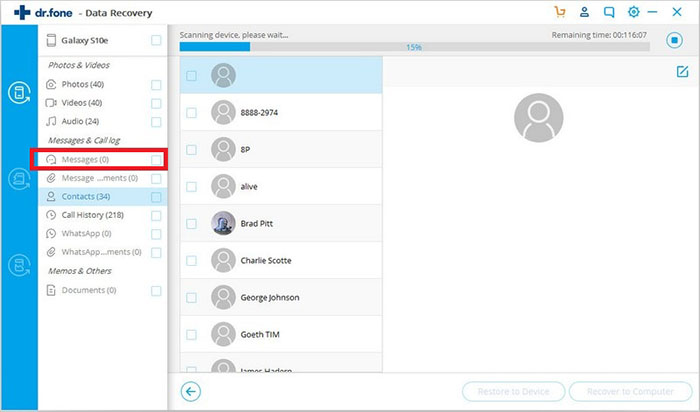

If you deleted the file two weeks ago, and have written to the drive quite a bit, it’s very unlikely that you’ll recover the file. If you deleted the file recently and haven’t written to the drive much, you have a fairly good chance of recovering it. Use file-recovery software to scan the drive, and hopefully you’ll find the deleted file.

The key is to avoid writing to the drive entirely. With the computer shut down, you should boot from a file-recovery live CD or USB drive, or remove the hard drive from the computer entirely and place it in another computer as a secondary drive. If you continue using the computer-even if you’re just installing file-recovery software-it’s possible that a program on your computer could write data that overwrites the deleted file’s data on your hard drive. If you deleted a file on a magnetic hard drive and you’re still using that computer, the safest thing to do is shut down the computer immediately. Very old solid-state drives and old operating systems like Windows Vista don’t support TRIM, but modern solid-state drives and Windows 7 through 10 all support TRIM.

That means that you can’t recover data deleted from solid-state drives-once it’s gone, it’s gone. When a file is deleted from a solid-state drive, that file is immediately erased with the TRIM command to free up the space, and ensure the SSD can be quickly written to in the future. RELATED: What Is a Solid State Drive (SSD), and Do I Need One? It may be possible to scan the hard drive for leftover data and restore deleted files that haven’t yet been overwritten. Instead, the pointer to that data is removed, so that the data can be overwritten. When you delete a file on a magnetic hard drive, its data isn’t immediately erased from the disk. Traditional magnetic hard drives and solid-state drives work differently. However, there’s some bad news: This may be impossible on some computers. If you’ve made it this far and haven’t managed to restore your file yet, the only way you’re getting that file back is with file-recovery software. RELATED: How to Use All of Windows 10's Backup and Recovery Tools Magnetic Hard Drives vs. Windows has some good backup tools built in. In particular, Windows’ File History tool is useful for easily recovering deleted files and older versions of files, but it’s not enabled by default. And if you don’t have a backup, you really should. If you do have a backup, now’s the time to check it for a copy of the file you deleted. You should be making regular backups of your most important files so you won’t lose too much critical data if your files ever vanish on you.


 0 kommentar(er)
0 kommentar(er)
